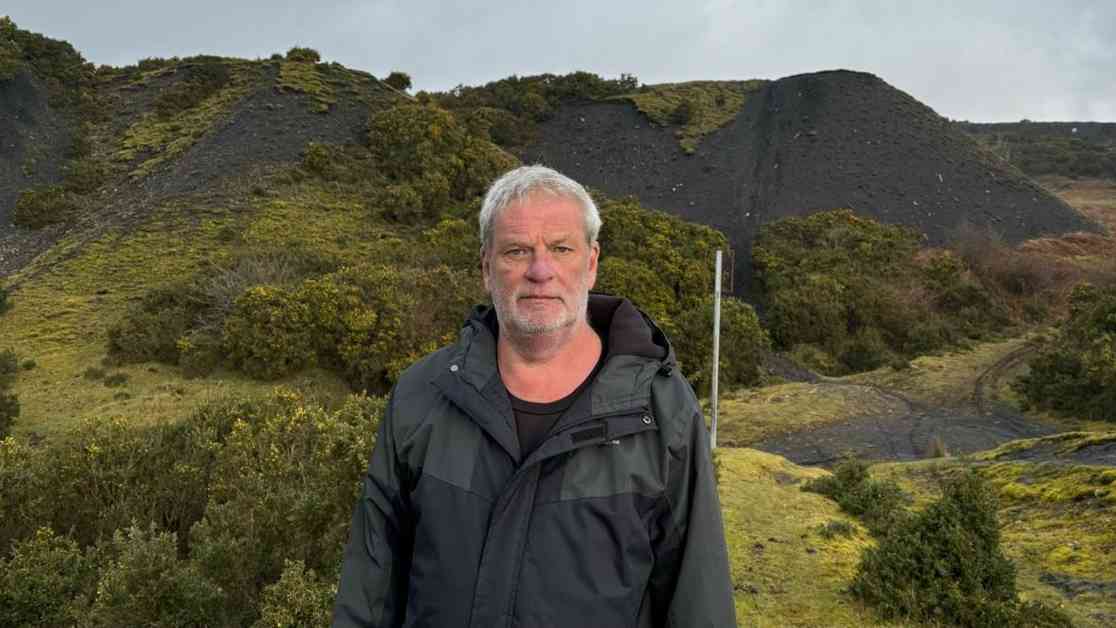Residents near disused coal tips in South Wales raise concerns over safety issues, reflecting on the lessons yet to be learned from the Aberfan disaster nearly 60 years later. The recent partial collapse of a disused coal tip in Cwmtillery, Blaenau Gwent, following heavy rainfall forced around 40 homes to be evacuated, underscoring the urgent need for action.
Dianne Morgan, a 68-year-old resident, shared her experience, expressing surprise at discovering a category D tip, the most dangerous, behind her property only after the slip. She emphasized the lack of awareness about the risks associated with the coal tip and lamented the absence of prior information during property searches. Morgan’s personal account highlights the critical gap in communication and transparency surrounding the presence of hazardous coal tips near residential areas.
The Legacy of the Aberfan Disaster
The tragic Aberfan disaster of 1966, where a colliery spoil tip collapse claimed 144 lives, including 116 children, looms large over the current situation. The catastrophic build-up of water within the tip led to a sudden downhill slide, unleashing a wave of slurry that devastated the village. The incident remains etched in history as one of the most devastating mining-related disasters in Britain, exemplifying the severe consequences of neglecting coal tip safety.
Morgan’s impassioned plea for immediate action resonates with the broader community, echoing the sentiments of Brian Preece, a lifelong Cwmtillery resident. Recalling his childhood memories of playing on the coal tips without any inkling of the potential dangers, Preece emphasizes the need for urgent intervention. His call for the safe deconstruction of the tips underscores the pressing nature of the issue and the shared anxiety among residents about the looming hazards.
Challenges and Calls for Action
Despite recent government initiatives to allocate funds for coal tip maintenance and propose the establishment of a Disused Tips Authority for Wales, concerns persist among residents and activists. Stuart Adams, a member of the Clear South Wales’s Coal Tips group, emphasizes the inadequacy of the allocated funds and the persistent risks posed by the tips. His advocacy for enhanced safety measures and robust interventions reflects a growing chorus of voices demanding immediate action to prevent potential disasters.
The evolving regulatory landscape in Wales, including the introduction of pioneering legislation to address coal tip safety concerns, marks a significant step towards safeguarding communities. The Welsh government’s proactive measures, coupled with ongoing inspections by the Mining Remediation Authority, signal a commitment to mitigating risks and ensuring public safety. The collaborative efforts between government agencies and community stakeholders underscore a shared responsibility to address the pressing challenges posed by disused coal tips across Wales.
In conclusion, the residents’ testimonies and advocacy efforts shed light on the urgency of addressing coal tip safety concerns, evoking memories of past tragedies while emphasizing the need for proactive measures. The human stories behind the statistics and regulations underscore the real impact of these issues on communities, urging policymakers and stakeholders to prioritize safety and take decisive action to avert potential disasters. As the debate continues, the quest for enhanced coal tip safety remains a critical imperative, resonating with the collective resolve to protect lives and preserve communities for generations to come.













